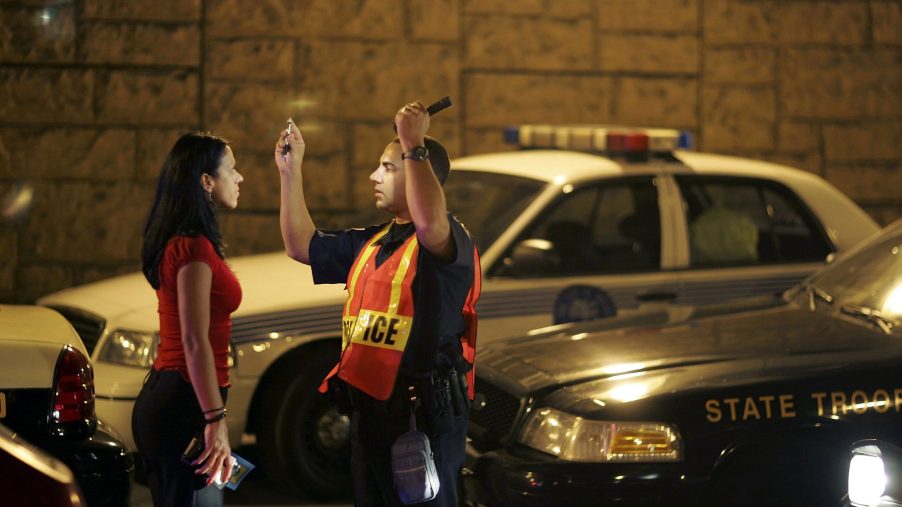
The IIHS Has a Perfectly Simple Solution to Stop Drunk Driving
Drunk and impaired driving are real threats and kill more than 10,000 people in related crashes every year. Efforts continually progress at the government and law enforcement level. But now the IIHS and automakers are exploring options for advancing the in-car tech to combat drinking and driving. It may just prove to be a perfectly simple solution to stop the illegal impaired driving altogether.
A deadly habit that’s proven to be tough to manage
The NHTSA calculates the more than 10,000 annual deaths attributed to drunk drivers every year. Compared with the total motor vehicle-related fatalities, that’s almost 30% due to drivers behind the wheel after having been drinking. And it’s a statistic that proves to be difficult to change.
Law enforcement continues to do its part, with field sobriety testing, roadblocks, and patrolling on popular celebration weekends. State and local governments try to make the consequences steep with license revocation penalties, low alcohol impairment legal limits, and expensive fines.
But in the end, drunk driving lies within the decision-making of the individual driver. And it is incredibly hard to control beyond the driver level.
A new study that points to a simple solution
The IIHS (Insurance Institute Highway Safety), the non-profit and independent organization dedicated to pursuing efforts to reduce vehicle crashes, published a new study that offers findings that could significantly impact the deaths associated with drunk driving.
The analysis estimates that simply installing an alcohol detection device and supporting technology in every new vehicle will potentially save up to 9,000 lives annually. Consumer Reports’ manager of safety policy, William Wallace, says this can be a “critical way to prevent road deaths.”
He also notes that in order to move forward with such a technology, Congress would need to act now and move forward with legislation requiring automakers to install such mechanisms.
How the drunk driving deterrent device would work
Consumer Reports recently shared the highlighted report that outlines how the new tech would work. As a device installed in tandem with a vehicle’s ignition, the interlock would function similarly to those already in existence and mandated by the courts for convicted drunk drivers.
A blower device is mounted, and the car won’t start until the driver blows into the mechanism. A sensor determines if there is alcohol on the breath and should it register as, over the limit, the vehicle won’t start.
A significant difference to this newer idea would involve measuring the blood alcohol concentration (BAC) through normal breathing from the driver’s seat alone.
Automakers are already on board with exploring the options
Many manufacturers are already exploring efforts to reduce the fatalities and incidents associated with drunk and impaired driving. They have partnered with the NHTSA and states, called the Driver Alcohol Detection System for Safety (DADSS), to explore enhancing technologies.
There are already road tests being conducted today. The sensors being tested now are precise and designed to distinguish the alcohol concentration on the drivers, differentiating from other passengers in the car.
The seamless integration of the new tech means it would be widely accepted by the public and effective at diminishing the drunk driving risks. And with the game-changing potential to save thousands of lives, it may be the only safety feature today’s vehicles are missing.
It might be a no-brainer when it comes to curbing the risks and dangers associated with drunk driving. When new vehicles roll out every year with hefty menus of driver assistance and improved safety features, these new sensors could easily fit right into the roster of best practices. It would no doubt save more lives and to most consumers, would be worth the add to make the roadways safer.


